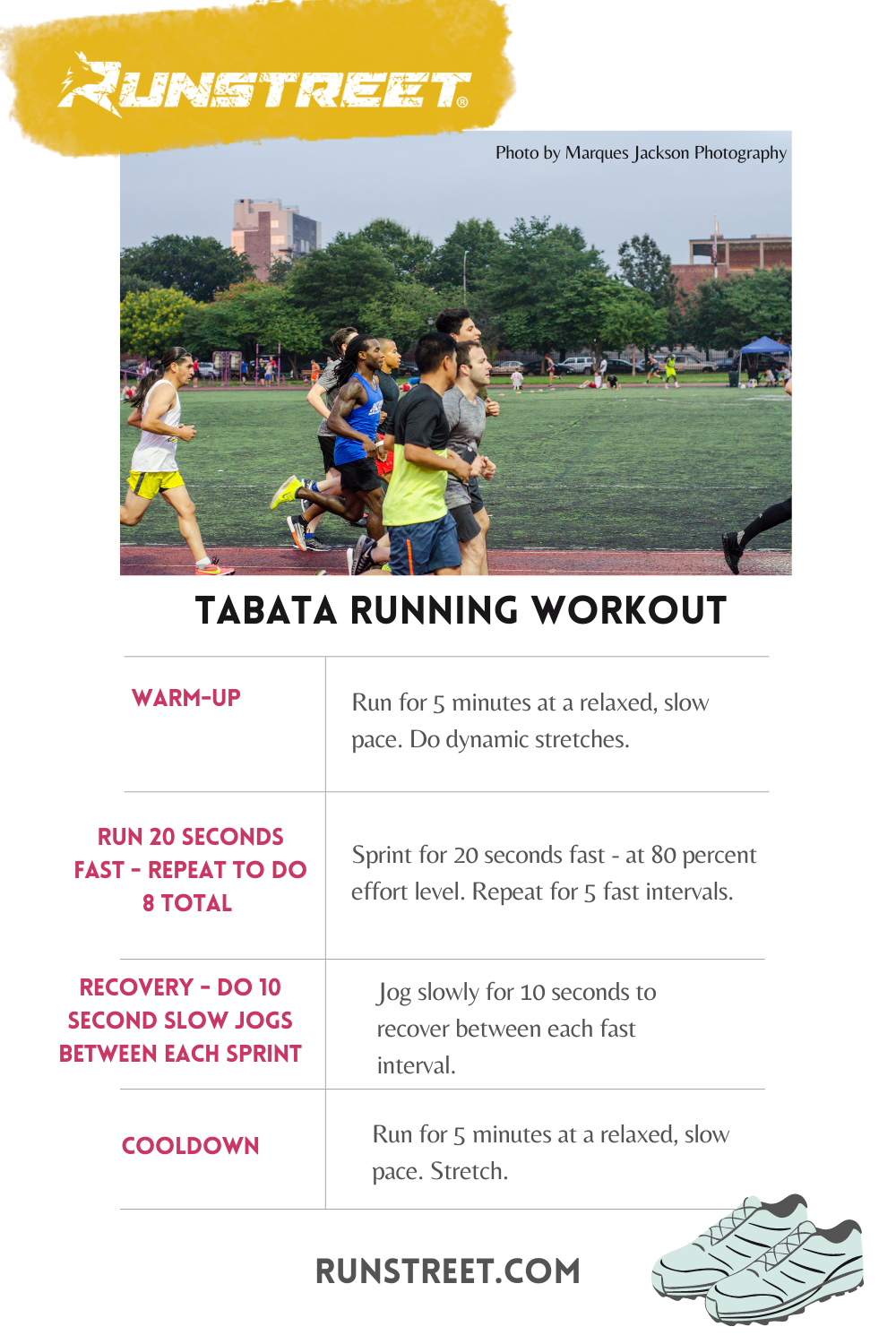Elevate Your Running Strategy with Proven Techniques
Elevate Your Running Strategy with Proven Techniques
Blog Article
Getting Rid Of Discomfort in Running: Techniques and Methods That Work
Pain is an usual friend for numerous joggers, often serving as an obstacle to accomplishing their preferred goals. With the appropriate approaches and strategies, it is feasible to overcome and also avoid the pain associated with running. By checking out numerous strategies such as understanding the different kinds of running pain, enhancing shoes and kind, incorporating cross-training and strength workouts, implementing efficient healing techniques, and preserving correct nourishment and hydration, joggers can potentially reduce their discomfort and boost their general running experience.
Understanding Different Sorts Of Running Discomfort

An additional type of running pain is joint pain, which can manifest as a sharp or throbbing pain in locations such as the knees, hips, or ankles (running strategy). Joint discomfort may be brought on by factors like incorrect running kind, overuse, or underlying conditions like joint inflammation (my site). It is very important to separate in between muscular tissue pain and joint discomfort, as the latter might require medical attention to avoid more injury
Recognizing the various kinds of running discomfort is vital for efficient monitoring and prevention approaches to make certain a risk-free and enjoyable running experience.
Proper Shoes and Running Type
To maximize performance and decrease the threat of running-related injuries, selecting proper shoes and preserving proper running type are necessary elements for runners of all degrees. It is recommended to select running footwear that are specifically made for the person's foot type, running gait, and the type of running activity they involve in.

Cross-Training and Strength Exercises
Stamina workouts, like squats, lunges, and core workouts, play a critical function in stabilizing muscles and boosting running efficiency. They can deal with muscular tissue imbalances, boost dexterity, and improve power output, all of which are crucial for running performance.
Integrating cross-training and strength exercises right into a running routine should be done useful source purposefully. It is essential to permit adequate remainder between running sessions and cross-training activities to stop overuse injuries. Furthermore, concentrating on appropriate kind and technique throughout toughness exercises is essential to maximizing their advantages and lowering the danger of injury. By including these elements right into a running regimen, joggers can develop a more powerful foundation, enhance performance, and appreciate a more sustainable running experience.
Recuperation and Relax Methods
Having established the relevance of cross-training and strength workouts in an extensive running routine, attention can currently be routed towards Recovery and Relax Methods as important parts for maximizing performance and decreasing the danger of injuries. (running strategy)
Recovery after running is essential for muscle repair service and development. Methods such as foam rolling, extending, and massage aid in lowering muscle discomfort and enhancing flexibility. Sufficient rest in between runs enables the body to recover and adapt to the physical stress and anxiety, protecting against overuse injuries.
Including energetic healing days right into a training schedule, where low-intensity tasks like strolling or cycling are performed, can enhance blood flow and promote healing without placing excess strain on the muscle mass. Additionally, appropriate hydration and nourishment play an important duty in the recuperation procedure by restoring shed liquids and nutrients.
Quality sleep is an additional vital aspect of recuperation that ought to not be forgotten. Throughout rest, the body undertakes repair service and regeneration processes, adding to total physical and mental well-being. By prioritizing recuperation and rest strategies, joggers can maintain ideal efficiency levels and reduce the chance of experiencing pain or injuries.
Nutrition and Hydration for Runners
Carbohydrates give energy for running, while healthy proteins help in muscular tissue repair and healing. Appropriate hydration is additionally important to maintain optimal efficiency, as even moderate dehydration can adversely influence running efficiency. In addition, timing meals and treats properly before runs can help stop gastrointestinal pain and offer the needed power for peak efficiency.
Conclusion
In final thought, by understanding the different sorts of running pain, wearing appropriate footwear, maintaining right running form, incorporating cross-training and strength workouts, focusing on recovery and rest, and focusing on nutrition and hydration, runners can efficiently get rid of pain and enhance their efficiency. Applying these techniques and strategies can aid joggers protect against injuries, boost their endurance, and inevitably appreciate an extra satisfying running experience.
Report this page